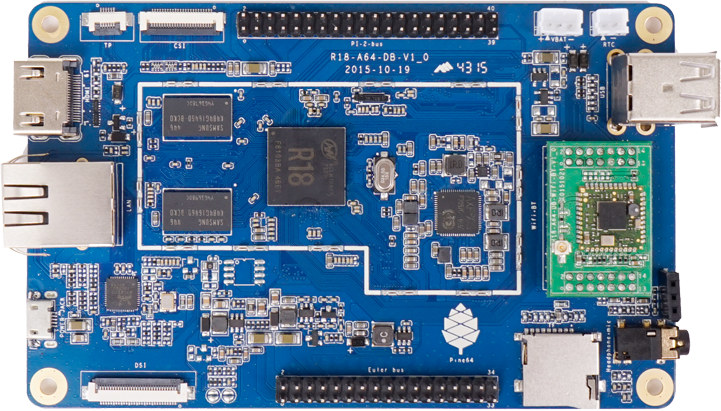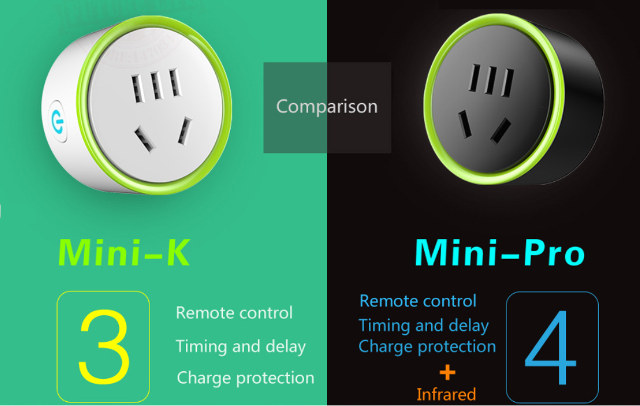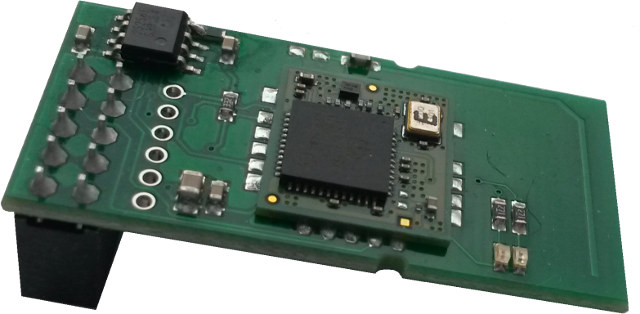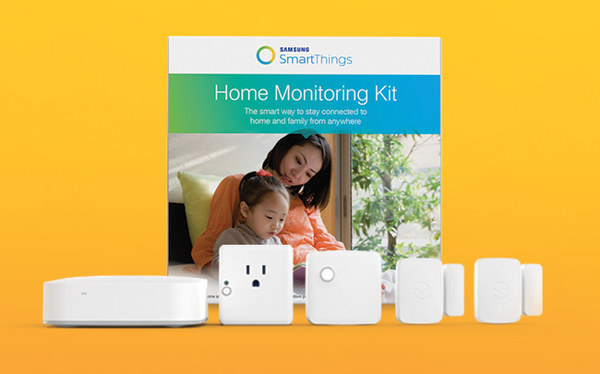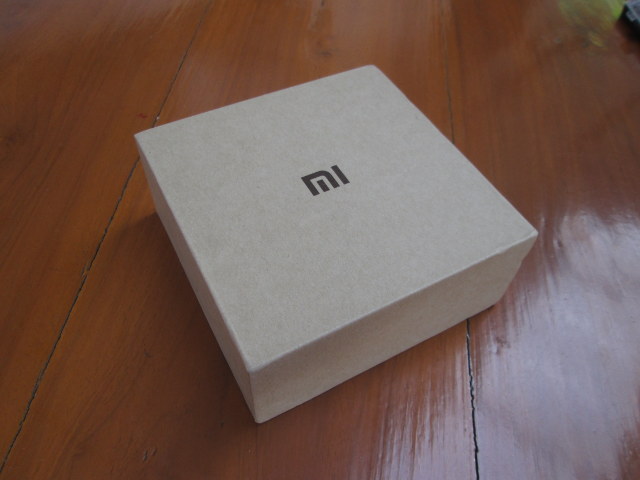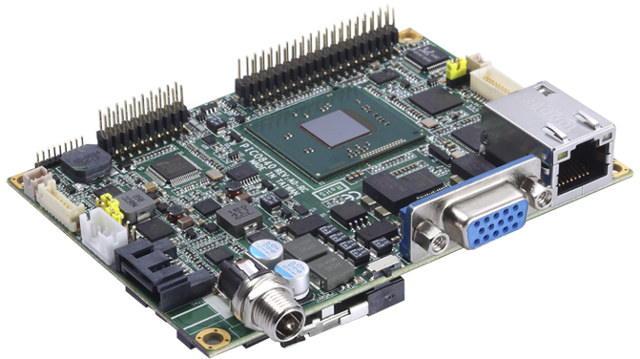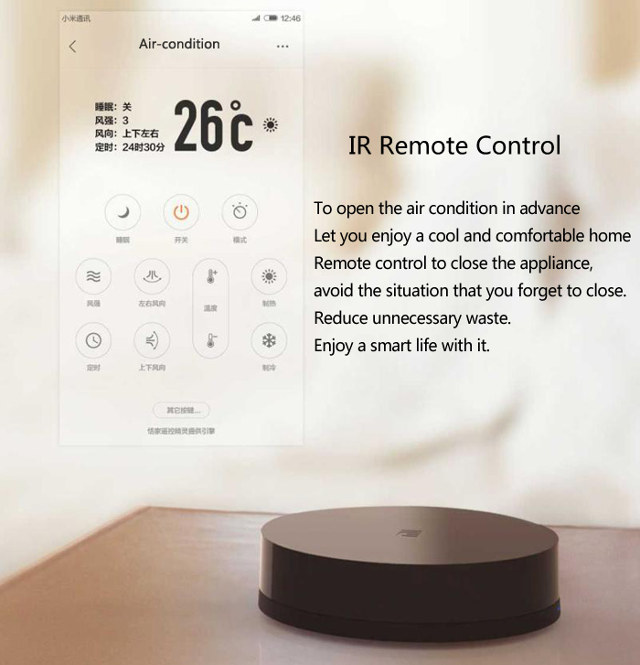As previously announced, PINE64 $15 64-bit ARM Linux computer was due to launch on December 9, and the Kickstarter campaign is now up, and the shipping costs are $7 to the US, and $12 to the rest of the world. The name have changed to PINE A64 and PINE A64+ since the first announcement, but the specifications have mostly not changed for th two boards with an Allwinner quad core Cortex A53 processor, 512MB to 1GB RAM, a micro SD slot for storage, Gigabit Ethernet, HDMI 1.4, USB ports, and some other expansion headers for I/Os, displays or cameras. The PINE A64+ however now has an option for 2GB for $29, and we’ve got a bit more information about optional modules and accessories: Wireless module with WiFi and Bluetooth adapter Zwave adapter 7″ LCD touchpanel (PINE64+ only) Dry contact I/O board 5MP MIPI CSI camera Various sensors Various remote controls […]
Sonoff & Slampher are $5 RF and WiFi Smart Switches and Lightbulb Adapters (Crowdfunding)
ITEAD Studio has launched two new low cost home automation products with Sonoff smart switch, and Slampher smart E27 light bulb adapter both supporting control via WiFi and your Android smartphone, or 433MHz with a simple remote control, while still retaining the capability to control your electrical appliances and lights with a manual switch. Installation is pretty easy, and safer than some other products like Semlamp. Sonoff – You simply need to cut the cable to your appliance, and insert two wires into the IN part, and the other two wires into the OUT part. Turn if on, and add it to the app if you are going to use a smartphone Slampher – Remove your light bulb from its current socket, screws the bulb to Slampher, and put it back into your socket. Register the light in to the app and your done. Both devices will send data to […]
Konke Mini K and Mini Pro Wifi Smart Sockets are Based on ESP8266 SoC
ESP8266 WiFi modules are very popular in the maker community, but so far I have not seen it in any devices myself, until I saw a tweet from @EspressifSystem about a Mini K smart socket. A search on Aliexpress lead me to two devices made by Konke, who also made Kankun KK-SP3 WiFi socket, with Mini K and Mini Pro smart sockets. Both models has basically the same features, except Mini-Pro adds infrared support: Connectivity – 802.11 b/g/n Rated Voltage – AC 100-240V 50/60Hz Rated Power – 2200 Watts Rated Current – 10A Charging Protection: Yes Misc – Power button, Infrared (Mini Pro model only) Plug – China / AU plugs Dimensions – 5.1 diameter x 2.7 cm (V0 grade PC material) Weight – 70 grams Both devices support on/off timers, cyclical delays and charge protection (turns off when devices are charged) with the Android or iOS app. I understand […]
Razberry Board and UZB Dongle Add Z-Wave (Plus) to Raspberry Pi Boards
Z-Wave is one of the low power wireless communication protocols used for automation, and supported, for example, by gateways such as Samsung SmartThings Hub or Vera3. Z-Wave Plus is a certification program used to identify Z-wave 5th Generation hardware platform, allowing a greater range up to 45 meters, 50% improvement in battery life, 250% more bandwidth, and providing a standardized method for Over the Air firmware updates (OTA), among other things. Zwave.me, a startup registered in Switzerland, is specializing in Z-Wave products and solutions, and among their other products they’ve also designed Z-Wave hardware to turn the Raspberry Pi board and other compatible hardware into a Z-Wave gateway. RazBerry module will fit into the 26 or 40-pin header found on Raspberry Pi boards, and comes with the following specifications: Sigma Designs ZM5202 Z-Wave transceiver module Frequencies – Storage – 32KB SPI flash for network data CPU/MCU Interface – UART (Tx/Rx) […]
Samsung Introduces $250 SmartThings Home Monitoring Kit
Samsung has recently launched SmartThings Home Monitoring Kit including a SmartThings hub, a motions sensor, two multi-pupose sensors to detect when windows or doors are opened, and a smart outlet for home automation and monitoring via mobile devices. Some of SmartThings Hub technical specifications: Ethernet for connection to router Communication Protocol – ZigBee, Z-Wave, IP Range – 15 to 40 meters Power Supply – In-wall power adapter with about 10 hours of backup power from 4 included AA batteries Dimensions – 10.67 x 12.45 x 3.3 cm Weight – 218 grams Operating Temperature: 5 to 35°C (Indoor use only) They’ve decided not to include WiFi, or omitted in the product page, so it would have to be close to your router. The multi-purpose sensors, and motion sensor are powered by a pre-installed CR-2450 battery, while the smart outlet takes 100 to 220V (12A @ 120V max). All three devices communicate […]
Xiaomi Mi Smart Remote Center Review
Xiaomi Mi Smart Remote Center is a tiny box with WiFi connectivity and IR transmitters that is used to control infrared enabled devices such as TVs, medai players, air conditioners and more with your Android smartphone. The good thing is that it only costs $20, so I asked GearBest to send a sample to check it out, which they did. I’ll start this review by checking out the hardware, before running MiHome app to control a television and air conditioner. Xiaomi Mi Smart Remote Center Unboxing and Teardown The package is just a cardboard box with Mi logo. Once you open the page there’s a sticker with the QR core redirecting to MiHome app. You can peel it off, and take the box out of the package, where you’ll also find a USB to micro USB cable for power, and a user’s manual in Chinese only. To open the device […]
Axiomtek PICO842 Fanless Bay Trail Pico-ITX Motherboard Includes a SO-DIMM Socket and SATA Ports
Axiomtek PICO842 is a fanless Pico-ITX motherboard that features Intel Celeron J1900 quad core processor or Celeron N2807 dual core processor with up to 8GB DDR3L, and aimed at IoT & medical applications, automation, and embedded systems with wide temperature range requirements. Axiomtek PICO842 specifications: SoC Intel Celeron J1900 quad core processor up to 2.42 GHz OR Intel Celeron N2807 dual core processor up to 2.16 GHz System Memory – 1x DDR3L-1066/1333 SO-DIMM up to 8GB for J1900, and 4GB for N2807 Storage – 1x SATA-300, 1x mSATA Video Output – 1x 18/24-bit single/dual channel LVDS, and 1x HDMI or 1x VGA Audio – HD Codec audio (Realtek ALC662); MIC-in/Line-out Connectivity – Gigabit Ethernet (Intel i211AT) USB – 4x USB 2.0 host port Serial – 2x COM ports supporting RS-232, RS-422, and RS-485. Expansion – mini PCI Express (shared with mSATA support) Power Supply – 12V DC power jack. Battery […]
$20 Xiaomi Mi Smart Remote Center Controls Infrared Home Appliances via Your Smartphone
Home automation used to be costly and complex to install, and some solutions are still that way, but several devices have dramatically brought the cost down and simplicity up including Orvibo Wiwo S20 WiFi smart socket, now selling for $16, Semlamp SL-011 – an $8 audio controlled relay -, or smart light bulbs like Yeelight. All three items have the advantage of being plug-and-plug, inexpensive, and controlled wirelessly using your iOS and Android smartphone. There are also been some WiFi, IR and RF gateways on the market, such as Broadlink RM2 / Pro, that can control devices such as smart socker, air conditioner, TV, and items using the 315/433MHz band. If you only want to control IR (and WiFi?) devices, and don’t need to control RF devices, Xiaomi Mi Smart Remote Center sells for half the price for Broadlink Pro for just $19.99 on GearBest. Xiaomi Mi Smart Remote complete […]


